15 Not-So-Known Facts about the Indian Ocean
Covering the entire expanse of the area south of the Indian subcontinent, the Indian Ocean is a vast feature of the earth’s geographical blueprint. Read along to know 15 interesting facts about the Indian Ocean.
1. Indian Ocean is the third-largest Ocean in the world
The Indian Ocean Region is strategically positioned. It is also the third-biggest of the world’s five oceans. It spans over 6200 miles between the southern end of Africa and Australia, excluding the extent of its marginal water bodies.
It has an area of around 27,243,000 square miles or 70,560,000 square kilometres. Its average depth is 12,274 feet or 3,741 metres. The deepest point lies in the Sunda Deep of the Java Trench, off the southern coast of Java (Indonesia), and is 24,442 feet or 7,450 metres below water.
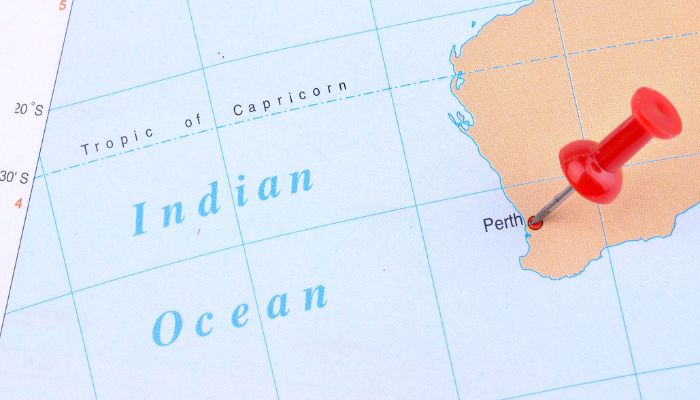
It is surrounded by Iran, India, Pakistan and Bangladesh from the north, the Malay Peninsula, Sunda islands of Indonesia and Australia to the east, the Southern Ocean towards the south and Africa and the Arabian Peninsula from the west. It is linked to the Atlantic Ocean, mingling with the Pacific Ocean waters from the southeast.
2. Indian Ocean has critical maritime chokepoints, Gulfs and Bays
It has crucial chokepoints like the Bab el Mandeb, the Strait of Hormuz, the Strait of Malacca, the southern access to the Suez Canal and the Lombak Strait.
Towards the north of the Indian Ocean lies the Red Sea and the Persian Gulf. To the northwest lies the Arabian sea, and to the northeast is the Andaman sea. The famous gulfs of Aden and Oman are to the northwest, while the Bay of Bengal is to the northeast. The Great Australian Bight lies off the southern Australian Coast.
3. It is a vital geographic entity
The Indian Ocean differs from the Atlantic and Pacific Oceans in various respects. The Northern Hemisphere is landlocked and does not extend to the Arctic waters. The Indian Ocean has fewer islands and narrow continental shelves. It is the world’s only Ocean with asymmetric and semi-annually reversing surface circulations.
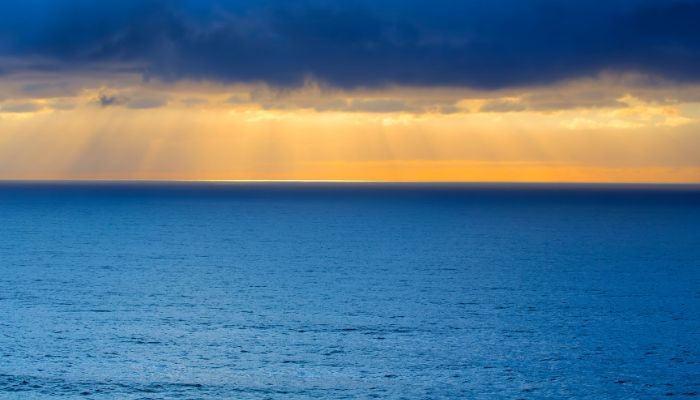
The question of defining its boundaries remains a point of contention. The most accepted border is one with the Atlantic, running from Cape Agulhas, from the southern tips of Africa further southward. The Pacific Ocean border is marked from South East Cape on Tasmania island along the 147° E meridian.
4. Indian Ocean Covers 20% of the Earth’s Surface
The first bit of Indian Ocean information that gets hold of anyone’s attention is its size. And it does not just look huge; it is huge. Covering almost 20% of the earth’s total surface, the Indian Ocean makes a huge contribution to the water load of the world.
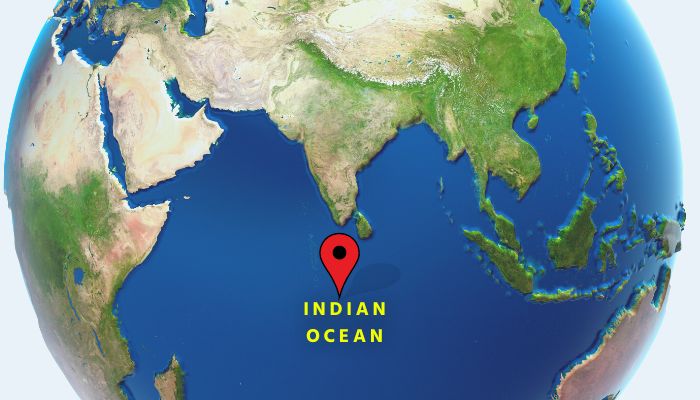
Owing to its vast size, the Indian Ocean has a whooping volume of 292,131,000 cubic kilometres, with an average depth of 3890 meters.
5. Strategically positioned on the earth’s surface
The Indian Ocean is bound by several continents on each side, with the Indian subcontinent towards the north, Africa towards the west, The Sunda Islands and Australian lands towards the east and Antarctica towards the south.
The geographical facts about the Indian Ocean depict the diversity of this Ocean through 57 island groups, 16 African countries and 18 Asian countries being connected directly through its waters. Many other smaller ports or larger cities are connected indirectly through navigational options of this Ocean.
6. It is essential for World geopolitics
A country that has a strong security position in the Indian Ocean would be viable for other littoral nations lying on the Indian ocean coastline like Africa, the countries in the Middle East and South Asia. After the end of the second world war, nations focussed on internal economic and security issues.
The island nations grouped into subregions while dividing the Ocean into the Eastern Indian Ocean and the Western Indian Ocean. The Indian Ocean is a strategic water body, and it played a vital role in the Cold War when the world was divided into two camps headed by the United States and the Soviet Union. India, on the other hand, maintained a position of neutrality.
7. The Highest Point is at the Sea Level Itself
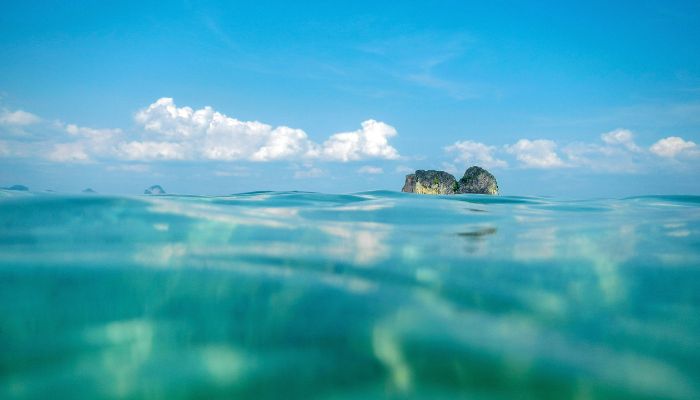
Owing to the Ocean’s depth, it is interesting Indian Ocean information is that the lowest part of this Ocean is about 7,258 m deep-lying on the Java Trench of the Sunda Shelf, while its highest point is at sea level.
8. Limited Marine Life Due To High Water Temperatures
A rather interesting bit of information on the Indian Ocean is its limited marine animal life due to its higher water temperature. This Ocean is the warmest in the world and offers little scope to plankton and other species for growth.
Shrimp and tuna are found in abundance in the Indian Ocean. They are also caught and exported to European nations. Many endangered species like the dugong, seals, turtles and whales live in the Indian Ocean. These animals are threatened by illegal fishing while other illicit activities like human trafficking, maritime piracy, drug smuggling etc., also happen via important waterways like the Indian Ocean.
9. Has Unique Chemical and Physical Properties
This Ocean holds a unique place owing to its properties. As mentioned in the Indian Ocean facts, the water here has the highest concentration of dissolved and floating hydrocarbons, has maximum negative water balance and is a single source of water with the highest and lowest salinity levels.
10. Has Several Tectonic Plate Boundaries
The Indian Ocean basin was formed due to the break up of the supercontinent Gondwanaland around 180 million years ago. The Indian subcontinent began moving northward 125 million years ago, closer to Eurasia. About 53 million years ago, Africa moved westward, and Australia separated from Antarctica.
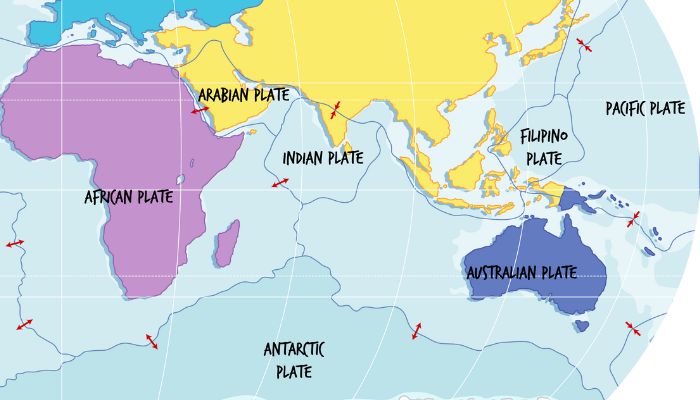
Around 36 million years ago, the Indian Ocean took its present shape. It opened about 140 million years ago; the Indian Ocean basin is just 80 million years old. It has several ridges and a seismically active mountain range, part of the world’s ocean ridge system.
One of the little-known facts about the Indian Ocean is that it bears many tectonic plate boundaries, including the Rodrigues Triple Point, where African, Indo-Australian, and Antarctic continental plates merge.
11. Has the Lowest Oxygen Content
Waters in the Indian Ocean have one of the lowest oxygen content in the world owing to a greater evaporation rate in this Ocean than its runoff or precipitation influx. This makes life growth in the Indian Ocean rather unique.
12. 6000km of River Run
This Ocean receives about 6000 km of river runoff from various parts, including the Ganges and Brahmaputra- two of the largest rivers. Due to the closeness to the equator, the evaporation rate here remains considerably high.
13. Indian Ocean has the World’s Most Important Ports
The Indian Ocean has the world’s major ports that belong to different continents. Chennai, Mumbai and Kolkata are the Indian ports of this Ocean. At the same time, Colombo in Sri Lanka, Durban and Richards Bay in South Africa, Jakarta in Indonesia and Melbourne in Australia make the other essential ports of this Ocean.
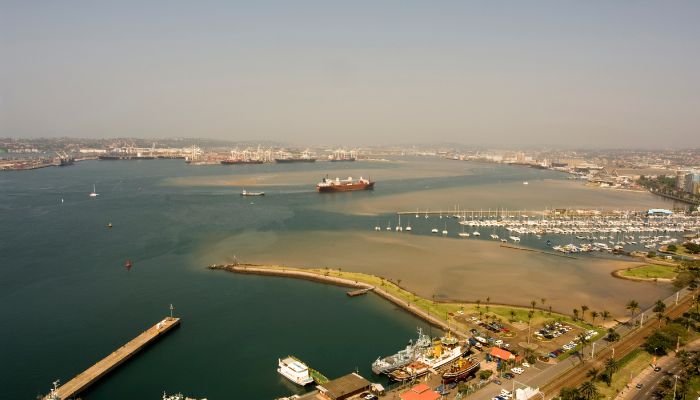
These ports are important trade points in their respective countries and globally too. This can be attributed to the Indian Ocean’s store of heavy minerals and offshore deposits.
14. Oil Deposit that Accounts for 40% of World Production
The Indian Ocean has a contribution to world trade. Besides the navigation routes and mineral deposits, this Ocean also has many oil deposits, which make up about 40 per cent of total world production.
15. Has a Submerged Continent
An exciting trivia from Indian Ocean facts is the discovery of a submerged continent in this Ocean named- the Kerguelen Plateau’ which is believed to be of volcanic origins. The Indian Ocean is vital in shaping world history through trade relations between ancient civilizations that developed on its coasts. The world’s oldest civilisations, like the Mesopotamian civilisation, ancient Egyptian and the Indus Valley Civilisation, flourished around the Indian Ocean. Later, power blocs fought to control it during World War II.
Frequently Asked Questions-
1. How big is the Indian Ocean?
The Indian Ocean is the third largest ocean among the world’s five oceans. It has an area of around 27,243,000 square miles or 70,560,000 square kilometres. Its average depth is 12,274 feet or 3,741 metres.
2. Where is the deepest point of the Indian Ocean?
The deepest point lies in the Sunda Deep of the Java Trench, off the southern coast of Java (Indonesia), and is 24,442 feet or 7,450 metres below water.
3. What are some factors which make the Indian Ocean Unique?
The Indian Ocean differs from the Atlantic and Pacific Oceans in various respects. The Northern Hemisphere is landlocked and does not extend to the Arctic waters. The Indian Ocean has fewer islands and narrow continental shelves. It is the world’s only Ocean with asymmetric and semi-annually reversing surface circulations.
4. When was the Indian Ocean formed?
Around 36 million years ago, the Indian Ocean took its present shape. It opened about 140 million years ago; the Indian Ocean basin is just 80 million years old. It has several ridges and a seismically active mountain range, part of the world’s ocean ridge system.
5. What are some of the major ports of the Indian Ocean?
The Indian Ocean has the world’s major ports that belong to different continents. Chennai, Mumbai and Kolkata are the Indian ports of this Ocean. At the same time, Colombo in Sri Lanka, Durban and Richards Bay in South Africa, Jakarta in Indonesia and Melbourne in Australia make the other essential ports of this Ocean.
You may also like to read –
Disclaimer :
The information contained in this website is for general information purposes only. While we endeavour to keep the information up to date and correct, we make no representations or warranties of any kind, express or implied, about the completeness, accuracy, reliability, suitability or availability with respect to the website or the information, products, services, or related graphics contained on the website for any purpose. Any reliance you place on such information is therefore strictly at your own risk.
In no event will we be liable for any loss or damage including without limitation, indirect or consequential loss or damage, or any loss or damage whatsoever arising from loss of data or profits arising out of, or in connection with, the use of this website.
Do you have info to share with us ? Suggest a correction
Disclaimer :
The information contained in this website is for general information purposes only. While we endeavour to keep the information up to date and correct, we make no representations or warranties of any kind, express or implied, about the completeness, accuracy, reliability, suitability or availability with respect to the website or the information, products, services, or related graphics contained on the website for any purpose. Any reliance you place on such information is therefore strictly at your own risk.
In no event will we be liable for any loss or damage including without limitation, indirect or consequential loss or damage, or any loss or damage whatsoever arising from loss of data or profits arising out of, or in connection with, the use of this website.
Latest Maritime Knowledge Articles You Would Like:
Subscribe To Our Newsletters
By subscribing, you agree to our Privacy Policy and may receive occasional deal communications; you can unsubscribe anytime.
















Great!My daughter could find facts about anything in this website.
Really gr8 facts! 🙂
C00L
really great facts really quick and easy
@Chelsea: Thank you
This a helpful app for shool
Really an amazing article. ♥️
Glad you liked it ??
payton r u in yca
Helped me with a school project! Thanks!
Good to know 👍
This is so good for learning